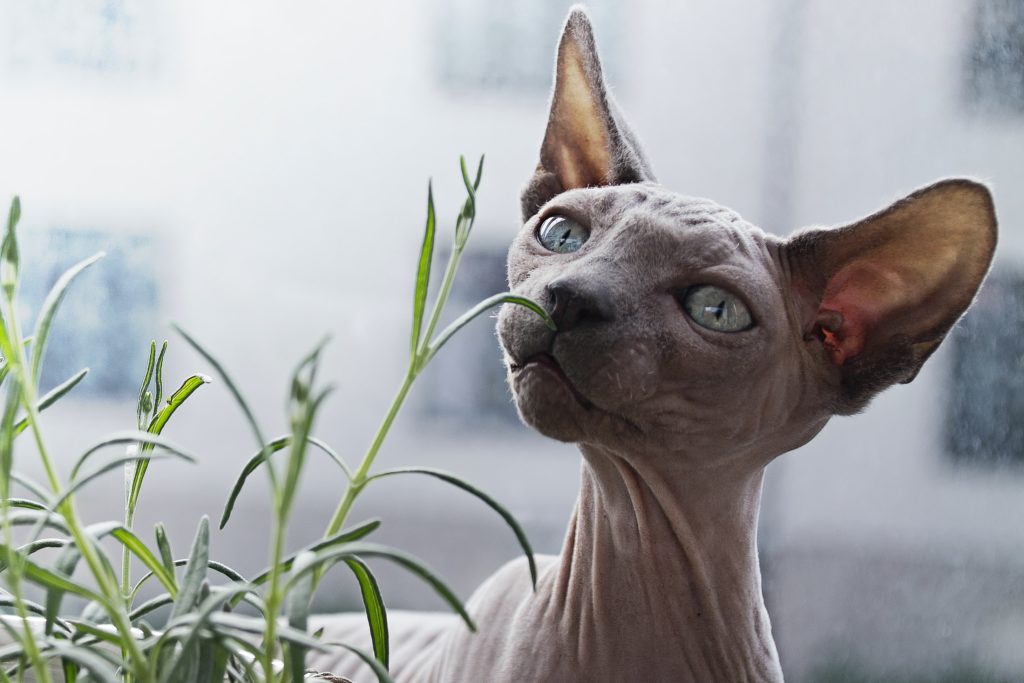Houseplants have always been popular, but a spike in popularity has formed over the last few years as green thumb care tips have become a trend with “plant parenting” advice popping up all over social media! If you’re already a pet parent, it’s worth thinking about plants that might potentially be dangerous for your pets, and any safer plants. Since March is Poison Prevention month, it’s time to showcase some plants that are popular for a budding plant parent are incredibly poisonous to your pets.
Poisonous Plants
Azalea – though they are such pretty plants that look lovely in the home, the entire plant is toxic to animals. They contain “grayanotoxins”, which are poisonous toxins that can cause many issues. Vomiting, diarrhoea, loss of appetite, weakness, difficulty walking, lethargy, tremors, seizures and in very extreme cases, coma.
Aloe Vera- Aloe is a medicinal plant used for burns and soothing cuts. It also contains “anthraquinone glycosides”. When ingested, they are metabolised by bacteria in the intestines, forming compounds that increase mucus production and water in the colon. This can cause lethargy, vomiting, and diarrhoea.
Cacti and Succulents- some varieties of cacti and succulents produce toxins designed as a defence mechanism to deter herbivores from consuming them. Cacti also have spines, spikes and prickles, which are clearly dangerous if eaten.
Hydrangea- another beautiful plant that unfortunately isn’t so nice to our plant nibbling friends. They contain “cyanogenic glycoside”, a toxin that can cause loss of appetite, vomiting, diarrhoea and even depression in your pets if eaten.
Begonia- is hugely popular with plant parents as they are easy to grow, but they are some of the most dangerous plants for pets. They produce “soluble calcium oxalates”, which can cause kidney failure, vomiting, and salivation in animals.
Tulips- tulip bulbs contain Tulipalin A and Tulipalin B, two toxic alkaloid compounds which can cause laboured breathing, excessive drooling and possible diarrhoea.
Snake plants- produce saponins, a toxin that foams up when metabolised, which causes gastrointestinal related issues. These issues can cause diarrhoea and even the rupture of red blood cells. It can also cause laboured breathing, excessive drooling and general sickness.
Daffodils- contain toxic “alkaloids” and “glycosides” and poisonous “calcium oxalate crystals”, which can cause dermatitis. The whole plant can cause nausea, vomiting, diarrhoea and abdominal pain. The bulb is particularly dangerous.
Gardenias- Lower on the list of toxicity levels, but they can still cause mild diarrhoea, vomiting and hives when consumed in excess.
Other plants can cause problems when consumed, so if you’re uncertain, do some research on the plant before bringing it into a household with pets.
Safe Plants
Majesty palm- these palms are pretty slow to grow, growing no more than one foot per year until it reaches about ten feet in height. They are strong and resilient, making them great for a more mischievous pet that likes to nibble at leaves.
Orchids- delicate bloom, a lovely array of colours, these plants can bloom for months, making them brilliant for the home. They have been proven non-poisonous to animals, making them fine to have around pets.
Pinstripe calathea- have lovely bi-coloured veined leaves with vibrant foliage, brilliant for a room that’s a little more on the dull side. They don’t cause issues for your pet either.
Peacock Plants- have long wavy green leaves with a brushstroke pattern of green and purple. It is a good size, so it’s not likely to get knocked over or damaged by an overexcited pet. It is pet-safe and thrives indoors with little need for attention.
Hibiscus- Most hibiscus plants are perfectly fine for pets, though Rose of Sharon can be dangerous.
Spider Plant- they have been proven to be non-toxic to animals, making them great for pet homes. They also act as natural air purifiers, so they can help clear the air in the home!
Polka Dot Plant- a lovely spotty leaf plant that never grows very large, making them good plants for small display areas like narrow window sills and shelves. They’re also non-toxic to your pets.
Birds Nest Fern, Parlor Palm, Calathea species and Peperomia plants- lovely pet-friendly plants that can be kept in low light, great for darker homes. Lots of varieties of these plants are also non-toxic for pets.
Herbs- if the plant parent you are buying for is also a cooking enthusiast, herbs are brilliant plants to have around and are safe for your pets to eat.
It’s important to note that plants are only toxic if they’re consumed, and some individual plants can be more harmful than others, so it’s safer to be cautious even of plants labelled as being mildly toxic. If you already have any of these toxic plants in your home, it will be okay if you can keep them out of the way from nosey nibblers. If you can keep them in a wall planter or hanging planter, it is perfect.
If your pet should consume any plant that is considered toxic to pets, or shows any of the symptoms of consuming something toxic, make sure to take them to the vet immediately. If it is poisoning, it’s better to catch and treat it as soon as possible rather than leave it to worsen.




